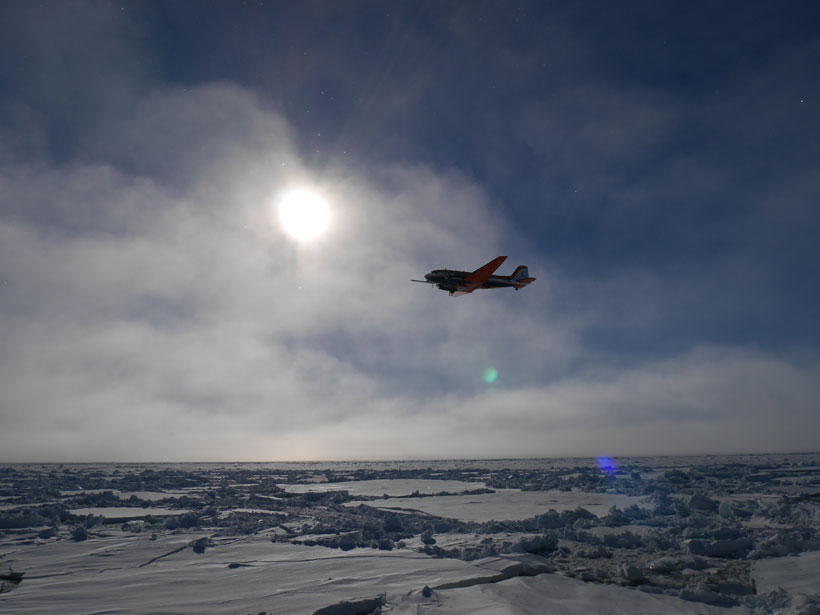Specially equipped aircraft will follow air masses into and out of the Arctic, observing their transformations and improving our knowledge of the Arctic climate and its global influence.
I. Tegen
Posted inScience Updates
Understanding Causes and Effects of Rapid Warming in the Arctic
A new German research consortium is investigating why near-surface air temperatures in the Arctic are rising more quickly than in the rest of the world.


